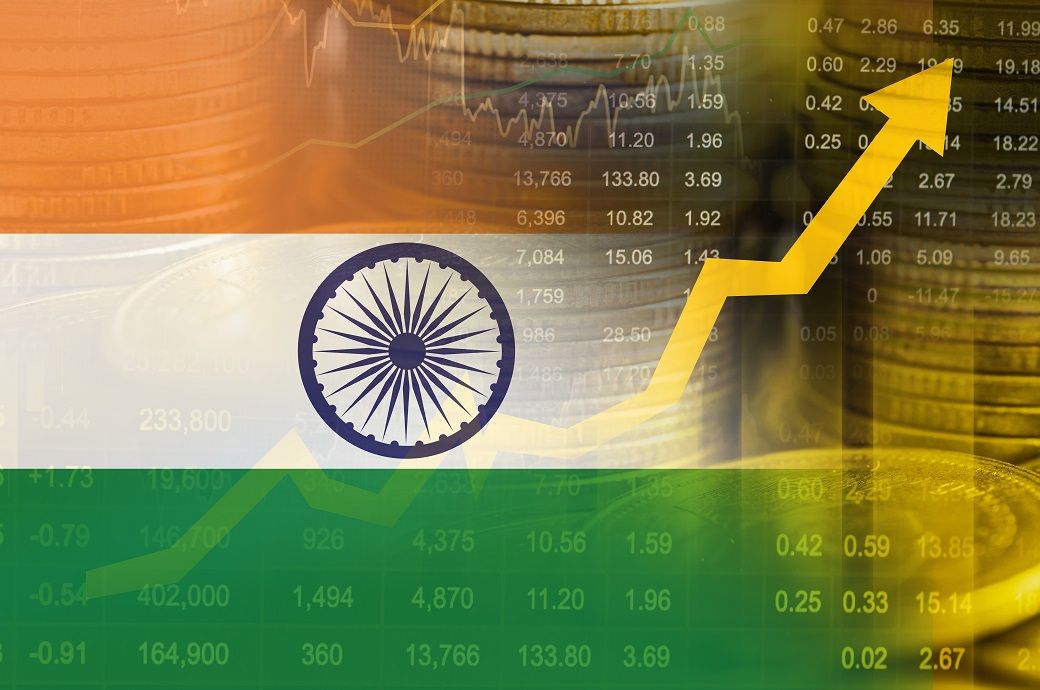
It projected inflation in the country to average 4.5 per cent in this fiscal compared to 4.9 per cent in the last.
The growth will be backed by tax measures and continued monetary easing, and the country will continue to attract capital and withstand any cross-border outflow, the rating agency said in its report on emerging markets.
Such economies are ‘exposed to choppy waters’ from the churn of US policies and its potential to reshape global capital flows, supply chains, trade and geopolitics. Large emerging markets (EMs) have resources to navigate the turbulence, Moody's said.
It said economic activity in the fastest-growing economies will slow slightly from high levels, but stay strong this year and the next.
US policy uncertainty would raise the risk of capital outflows, but large emerging markets like India and Brazil are better positioned to attract and retain global capital in risk-averse conditions because of their large and domestically oriented economies, deep domestic capital markets, moderate policy credibility and substantial foreign exchange reserves, Moody's Ratings said.
"These attributes provide buffers against external financial pressures and, as a result, give investors confidence. India has a low external vulnerability indicator of 61 per cent, indicating its relatively lower susceptibility to external financial shocks," it noted.
India has a higher proportion of domestic currency-denominated external debt, and hence, is better insulated from exchange rate risks, it observed.
Emerging market growth will slow in the aggregate in fiscal 2025-26, but remain solid, with wide variation by country.
Growth will remain highest in the Asia-Pacific, but the region's integration in global trade means it is most exposed to US tariffs and their potential to slow growth, Moody’s added.
ALCHEMPro News Desk (DS)
Receive daily prices and market insights straight to your inbox. Subscribe to AlchemPro Weekly!